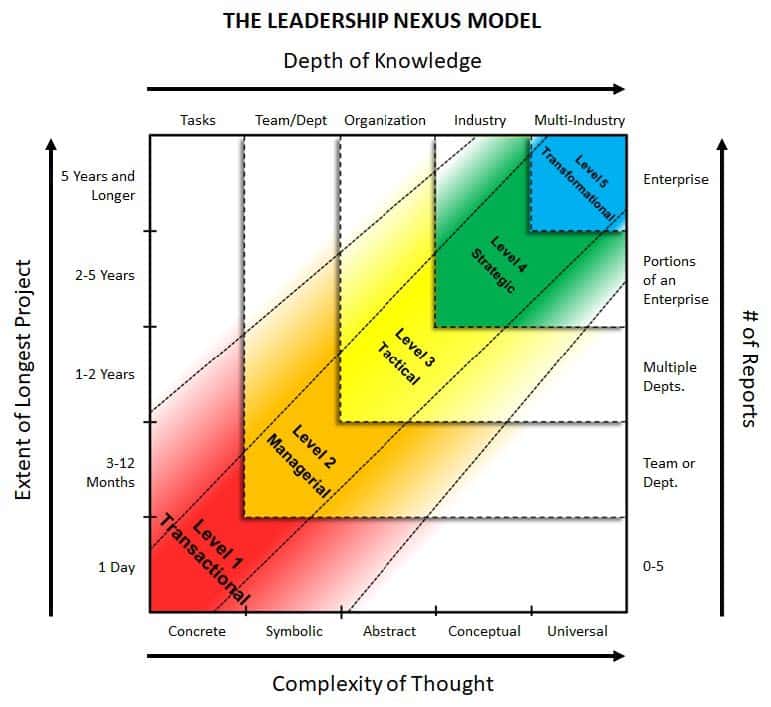By Tom Desch, consultant –
The senior VP of IT at a large company in the southeast asked me to build a leadership training program for his senior leaders centered on The Leadership Nexus.
So, I developed a year-long program during which we met monthly with all of the VP’s senior team.
It was our third or fourth meeting when an amazing thing happened.
A scheduled meeting had started eight o’clock, but at a quarter after eight, one of the phones for one of the senior people went off. And then another phone went off. And then another one. Within a space of about two minutes, everybody’s phone was ringing.
My sponsor said we had a major emergency and we needed to handle it. He then turned the situation over to his two top people. They gathered all the senior staff together in a situation room to work the problem: the entire internet in one of their key regions had completely crashed. Everyone there was in a panic. They had no services: no billing, no inventory control, no shipping. Everything had come to a halt.
If we had let the people on the line do their jobs, we could have had this solved a lot faster.
I sat back in the situation room and watched as they worked to solve the problem. Leaders at all levels would come in and out of the meeting, talking on their phones with worried counterparts from the affected region. Finally, after about an hour and a half, they resolved the problem, restored the internet service and got the region back up and running.
We took a quick break to let everyone catch their breath and, when I walked out into the hallway, I bumped into an IT manager who I knew. I said, “Wow, that was quite an experience! Glad you all could get it resolved so effectively”
He looked at me, and said, “You know, if they had all just gotten out of my way, I could have handled this in about 20 minutes. All those senior people had to have their input, but if they had let the people on the line do their jobs, we could have had this solved a lot faster.”
We reconvened the meeting and my sponsor, the senior VP, stood up, addressed the group and said, “First, good job. Glad you got that all handled. Second, this experience has shown us exactly why we’re doing this leadership program. We did not use our teams very well at all. We had too many hands in the business and too many people trying to do the same things. ”

The Leadership Nexus graphical reports can reveal where everyone in the group is currently focusing.
To illustrate the problem, we put the situation onto The Leadership Nexus model.
My sponsor pointed to the levels, and said, “You know, these people (pointing to the top two leaders) dove into a problem that was at least two levels below them. In doing so, they dragged their directors down to that level as well. This made it much more difficult for us to solve the problem.”
What they did from that point was to use The Leadership Nexus to help the leaders recognize their responsibilities when faced with a problem situation like this one.
The Leadership Nexus model helped them truly grasp the depths of their problem – higher-level leaders were consistently being asked to solve lower-level problems.
For a year, we helped them reframe their questions so that when higher-level leaders got an incident call, instead of immediately saying, “I’ll take care of that!” they would ask the individual calling them if they had spoken first to the individual at the source of the problem, and to give them a call back when the problem was managed.
It was an amazing experience: first watching 15 different leaders at three different levels trying to solve a problem that two or three lower-level individuals could have solved, and then to be able to use that as a teaching moment to build much more successful solutions that are still working today.

